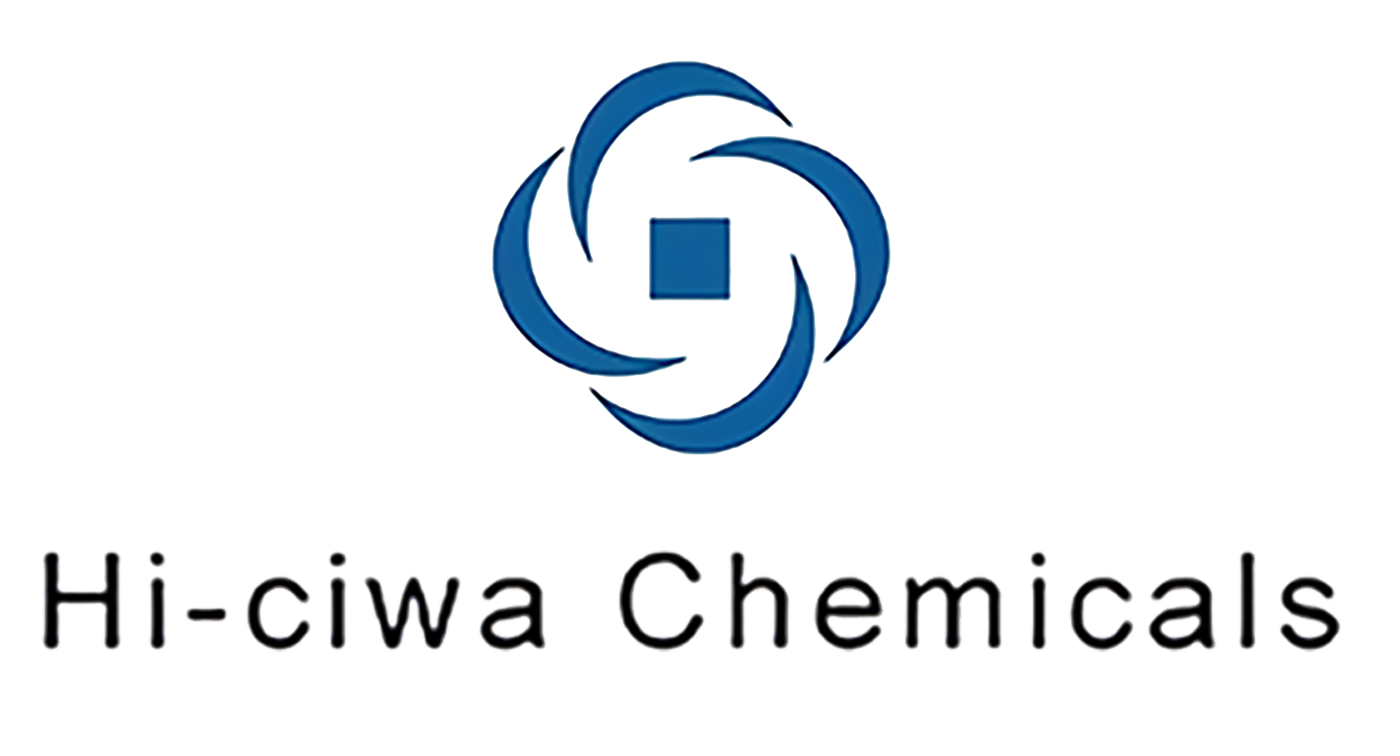The basic knowledge of textile pretreatment
Let's learn about the dyeing, finishing, and inspection knowledge of fabrics. The selection of dyeing and finishing process flow is mainly based on the variety, specifications, and finished product requirements of the fabric, which can be divided into pre-treatment, dyeing, etc
Pre-treatment:Natural fibers contain impurities, which are added to various sizes, oils, and contaminated fabrics during textile processing. The presence of these impurities not only hinders the smooth progress of dyeing and finishing, but also affects the wearability of the fabric.The purpose of pre-treatment is to apply chemical and physical mechanical effects to remove impurities from the fabric, making it white, soft, and with good permeability to meet wearing requirements, and providing qualified semi-finished products for dyeing, printing, and finishing.
Cotton: raw fabric preparation, singeing, desizing, boiling, bleaching, and mercerization.
Polyester: fabric preparation, refining (liquid alkali, etc.), pre shrinking, pre molding, alkali reduction (liquid alkali, etc.)
Singeing: Usually, after entering the printing and dyeing factory from the textile factory, the raw fabric should first go through inspection, flipping, batching, printing, and sewing processes, and then undergo singeing processing.
The purpose of singeing:
① Improve the luster of the fabric surface; Improve smoothness;
② Improve anti pilling and pilling properties, especially for synthetic fabrics;
③ Improving style, singeing will make the fabric more stiff
Bleach:After boiling, most of the natural and artificial impurities on the fabric have been removed, but for bleached and light colored fabrics, bleaching is also necessary. The main purpose of bleaching is to remove pigments and improve whiteness.Chemical fibers do not contain pigments and have become very white after cooking, while cotton fibers still have pigments and poor whiteness after refining. Therefore, bleaching is mainly aimed at natural impurities on cotton fibers.
Mercerizion(all cotton fabric):Textiles, under certain tension, can achieve a silky luster by utilizing the action of concentrated caustic soda and maintaining the desired size. This process is called mercerization.
Thepurpose of mercerization:
① Improve the surface gloss and texture of fabrics.Due to the expansion of fibers, they are arranged more neatly and reflect light more regularly, thereby improving glossiness.
②Improve dyeing yield.After mercerizing, the crystal area of the fibers decreases and the amorphous area increases, making it easier for dyes to enter the interior of the fibers. The coloring rate is 20% higher than that of non mercerized fiber cotton cloth, and the brightness is improved. At the same time, it also increases the coverage of dead surfaces.
③Improve dimensional stability.Mercerizing has a shaping effect, which can eliminate rope like wrinkles and better meet the quality requirements of dyeing and printing for semi-finished products. The most important thing is that after mercerization, the stability of the fabric's expansion and contraction deformation is greatly improved, thus greatly reducing the shrinkage rate of the fabric.





